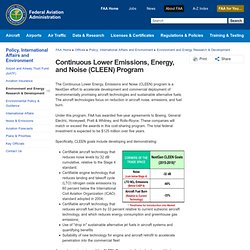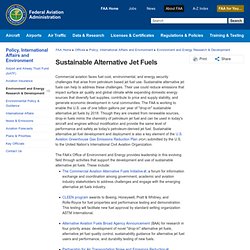

The Chemical Trail Contrail-versy. 2014 is at an end and as I look back over the last year of looking up, I feel we are finally making some progress.

I began talking about the chemical trail problem over two years ago and my sole focus has been “What in the World are the Spraying?” Today, though I know more about the particulars of aviation fuels and additives, I am left with more questions than answers. Between the toxic substances in aviation fuel, acid rain, global warming concerns, and public outrage, the question I most want answered is: How do we introduce some clarity and accountability in the world of aviation pollution? It is now clear to me that many jet fuel additives contain trade secret substances and carcinogenic chemicals. It as also clear that the Material Safety Data Sheets (MSDS) for these fuels and additives almost always state the same thing: Octel’s Stadis 450, originally made by DuPont, has been in use since 1962.
In the late 1980s, as part of the U.S. See, it’s all about the dollars Climate Viewers. Broad Agency Announcement Alternative Aviation Fuels - DTRT57-11-R-20001. Continuous Lower Emissions, Energy, and Noise (CLEEN) Program. The Continuous Lower Energy, Emissions and Noise (CLEEN) program is a NextGen effort to accelerate development and commercial deployment of environmentally promising aircraft technologies and sustainable alternative fuels.

The aircraft technologies focus on reduction in aircraft noise, emissions, and fuel burn. Under this program, FAA has awarded five-year agreements to Boeing, General Electric, Honeywell, Pratt & Whitney, and Rolls-Royce. These companies will match or exceed the awards in this cost-sharing program. The total federal investment is expected to be $125 million over five years. Specifically, CLEEN goals include developing and demonstrating: A complementary piece of the CLEEN Program to the technology and fuel development activities is an independent technology assessment. To learn more about the CLEEN program, please visit the links below: For information and materials on CLEEN II Industry Day: CLEEN II Industry Day – December 3, 2013. CAAFI - Home.
Calendar. Jet Biofuel Enlisted For Contrail Control. Contrails might be a punch line in the culture these days, thanks to the imaginative folks who have rechristened them “chemtrails” and embroidered them with elaborate theories involving government and corporate misdeed.

But contrails are pretty serious business for a less conspiratorial reason: scientists believe these ice clouds generated by water exhaust gases from aircraft engines could have a real impact on the climate, perhaps by cooling temperatures during the day and warming them at night. That’s where a new phase in an ongoing NASA study comes into play: The space agency recently began doing flights over the Southern California desert in which a DC-8 “flying laboratory” is testing the contrail consequences of using standard JP-8 jet fuel versus a 50-50 blend of JP-8 and a biofuel made from camelina plants.
So what’s the problem with that? As CERFACS explains: When contrails spread to form cirrus clouds, they can persist for hours and extend over areas of several square kilometers. Sustainable Alternative Jet Fuels. Commercial aviation faces fuel cost, environmental, and energy security challenges that arise from petroleum based jet fuel use.

Sustainable alternative jet fuels can help to address these challenges. Their use could reduce emissions that impact surface air quality and global climate while expanding domestic energy sources that diversify fuel supplies, contribute to price and supply stability, and generate economic development in rural communities. The FAA is working to enable the U.S. use of one billion gallons per year of "drop-in" sustainable alternative jet fuels by 2018. Though they are created from renewable sources, drop-in fuels mimic the chemistry of petroleum jet fuel and can be used in today's aircraft and engines without modification and provide the same level of performance and safety as today's petroleum-derived jet fuel.
Sustainable alternative jet fuel development and deployment is also a key element of the U.S. Eco-Skies: The Global Rush for Aviation Biofuel. USDA and FAA push aviation biofuel with farm to fly program. The US Department of Agriculture has been working all the angles for the Department of Defense, in an effort to include more aviation biofuel in our military’s energy mix.

The latest development is a new five-year extension of the USDA’s “Farm to Fly” initiative, which will build on a previous three-year agreement between the agency, Boeing, and other public and private partners to develop aviation biofuels from non-food feedstocks. The new extension was announced on April 15 and it provides a simple, but compelling policy counterpoint to the Arkansas tar sands oil spill that occurred just a few weeks ago: continued dependency on petroleum poses a growing threat to water resources and property values, while a sustainable, national biofuel policy can mitigate those risks while helping to promote economic development in underserved rural communities.
Farm-to-table, Farm to Fly The “drop-in” qualifier is essential. Risk, regionalization, and green jobs Farm to Fly versus fossil fuels.